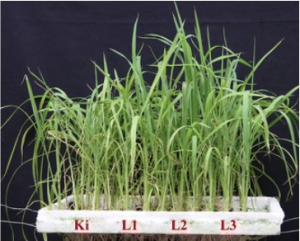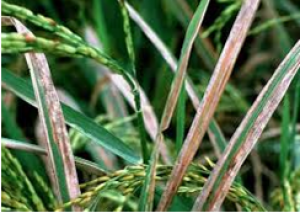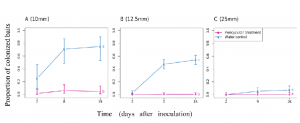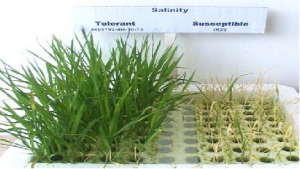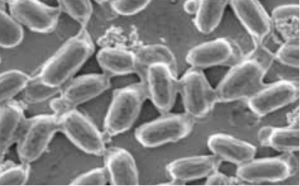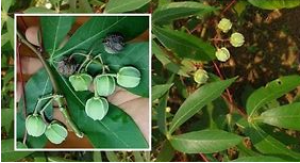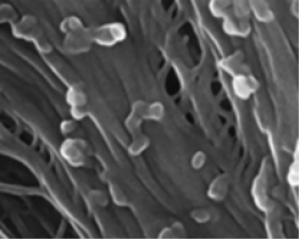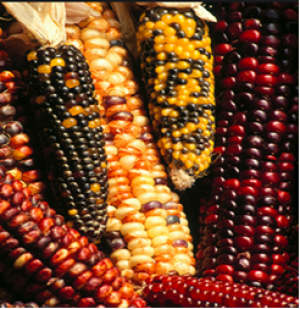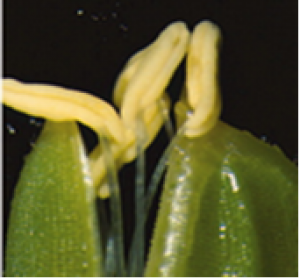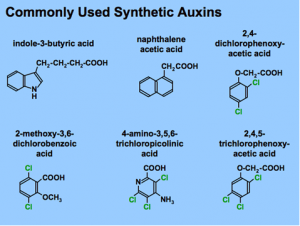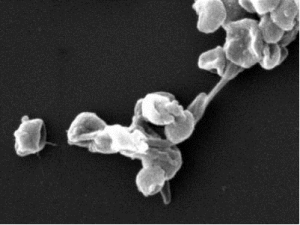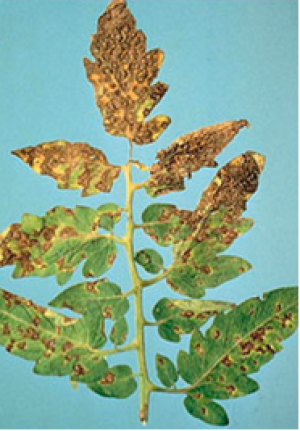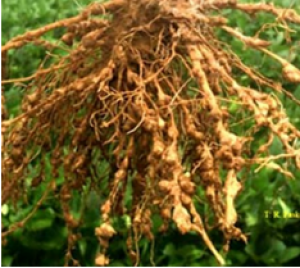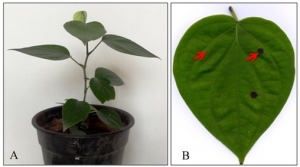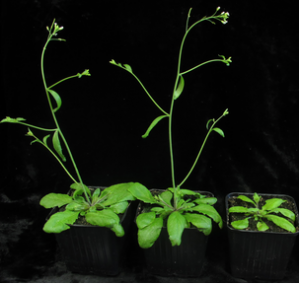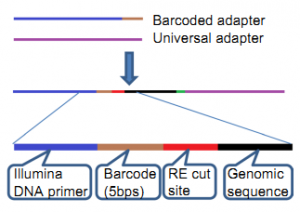|
Arabidopsis small nucleolar RNA monitors the efficient pre-rRNA processing during ribosome biogenesis
Thursday, 2016/10/20 | 07:53:35
|
|
Pan Zhu, Yuqiu Wang, Nanxun Qin, Feng Wang, Jia Wang, Xing Wang Deng, and Danmeng Zhu SignificanceBox C (RUGAUGA)/D (CUGA) and H (ANANNA)/ACA small nucleolar RNAs (snoRNAs) are important for the modification and processing of rRNA during ribosome biogenesis in eukaryotes. However, the molecular role of snoRNAs throughout the multiple steps of pre-rRNA processing remains poorly understood. This study shows that an uncharacterized C/D box snoRNA, HIDDEN TREASURE 2 (HID2), functions as a prominent player in the monitoring of efficient pre-rRNA processing, which, in turn, is essential for accurate ribosome assembly in Arabidopsis. Our data explore a link between a spatially regulated snoRNA and the complexity and the precise control of ribosome biogenesis. Further, the conservation of HID2’s signature motif and function highlights its importance in multicellular organisms. hid2 appears to be a representative snoRNA mutant exhibiting pleiotropic developmental defects in plants. AbstractRibosome production in eukaryotes requires the complex and precise coordination of several hundred assembly factors, including many small nucleolar RNAs (snoRNAs). However, at present, the distinct role of key snoRNAs in ribosome biogenesis remains poorly understood in higher plants. Here we report that a previously uncharacterized C (RUGAUGA)/D (CUGA) type snoRNA, HIDDEN TREASURE 2 (HID2), acts as an important regulator of ribosome biogenesis through a snoRNA–rRNA interaction. Nucleolus-localized HID2 is actively expressed in Arabidopsis proliferative tissues, whereas defects in HID2 cause a series of developmental defects reminiscent of ribosomal protein mutants. HID2 associates with the precursor 45S rRNA and promotes the efficiency and accuracy of pre-rRNA processing. Intriguingly, disrupting HID2 in Arabidopsis appears to impair the integrity of 27SB, a key pre-rRNA intermediate that generates 25S and 5.8S rRNA and is known to be vital for the synthesis of the 60S large ribosomal subunit and also produces an imbalanced ribosome profile. Finally, we demonstrate that the antisense-box of HID2 is both functionally essential and highly conserved in eukaryotes. Overall, our study reveals the vital and possibly conserved role of a snoRNA in monitoring the efficiency of pre-rRNA processing during ribosome biogenesis.
See: http://www.pnas.org/content/113/42/11967.abstract.html?etoc PNAS October 18 2016; vol.113; no.42: 11967–11972
Fig. S1. Molecular and phenotypic analysis of a T-DNA insertion mutant, hid2. (A) Schematic diagram showing the T-DNA insertion site in hid2. The primers used for genotyping are indicated by black arrows. (B) PCR-based genotyping of hid2 homozygous mutant and WT plants. (C) Northern blot analysis showing the expression of nc0216–nc0220 in WT and hid2 seedlings. 5.8S rRNA was used as the loading control. (D) Phenotypes of aerial parts of WT and hid2 seedlings. (Scale bars: 5 mm.) |
|
|
|
[ Other News ]___________________________________________________
|


 Curently online :
Curently online :
 Total visitors :
Total visitors :
(24).png)
